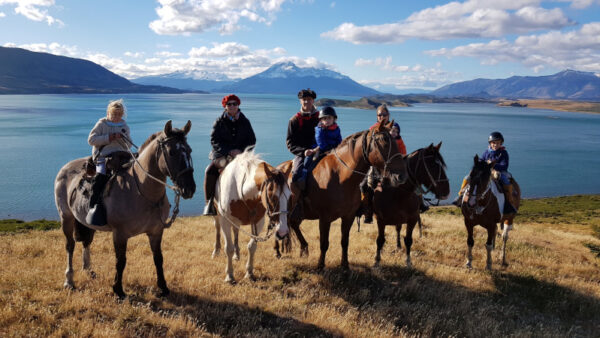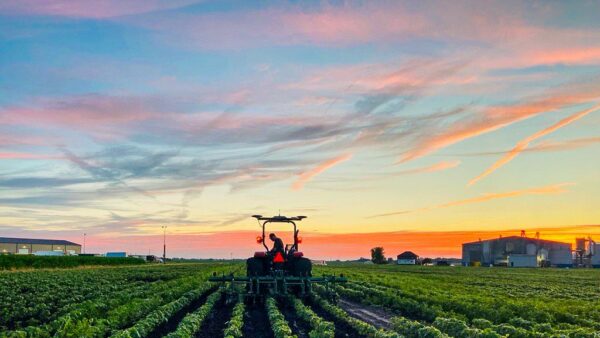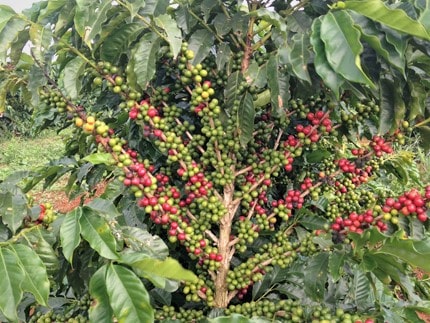Staying Ahead of the Curve
“We live in an environment that is extremely fast- paced where timely results are either needed here in Canada or on the other side of the world. We need to be able to be prepared for our clients’ business needs. Having the expertise and the equipment to facilitate those needs is our priority for ensuring our clients meet their goals for a successful crop or quality product for the end user.” — Sarah Foster, president, 20/20 Seed Labs
Cereal Stocks Recover
Join the GMO Conversation
“GMOs are a growing topic of discussion today, with a wide range of questions and emotions on the topic,” says Cathleen Enright, executive director of the Council for Biotechnology Information, sponsor of a new online resource called GMO Answers that provides information on GMOs. “Food is personal, so we want to open the door for personal discussions. We recognize we haven’t done the best job communicating about GMOs — what they are, how they are developed, food safety information — the science, data and processes. We want people to join us and ask their tough questions. Be skeptical. Evaluate the information and decide for yourself. We look forward to an open conversation.”
Controlling Dust-Off














